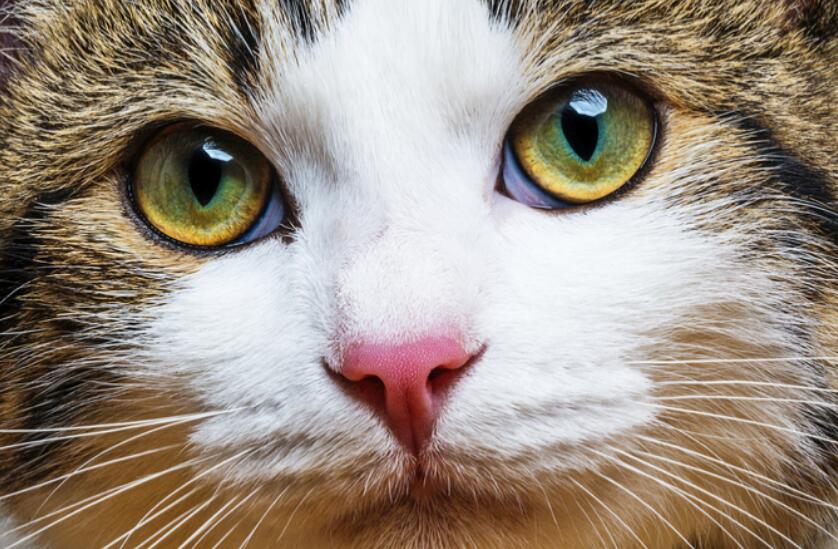 As with most feline diseases, the first step in diagnosing and treating a cat’s eye infection is to identify when something is wrong. But since many cats are very private – even more so when they are feeling uncomfortable – it can be helpful to know what might be wrong and how to fix it. Here are some suggestions pet parents can use to keep their cat’s eyes bright and healthy.
As with most feline diseases, the first step in diagnosing and treating a cat’s eye infection is to identify when something is wrong. But since many cats are very private – even more so when they are feeling uncomfortable – it can be helpful to know what might be wrong and how to fix it. Here are some suggestions pet parents can use to keep their cat’s eyes bright and healthy.
Know what your cat’s eyes should look like
When it comes to your cat’s eye health, the first thing you should do is familiarize yourself with your cat’s eyes. What color are they? What does the third eyelid look like? It’s important to have a baseline so that you can notice when something has changed – even if it’s a small change. It could be that the eyes are sleeping for a little while, or the third eyelid could be a little pink.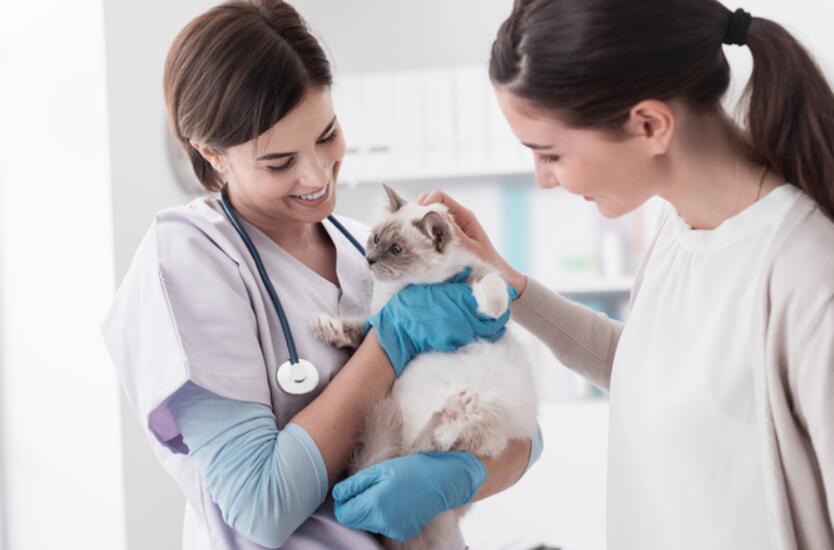
If there is something wrong, then go to the vet
Once you know what is “normal” for your cat, you will be able to better identify the signs of infection. These include everything from redness and drainage to squinting and rubbing.
However, it is important that you do not try to diagnose these symptoms yourself. “Symptoms of eye problems are non-specific. They have a variety of causes, including eye infections and diseases. And, until you know what is causing these very nonspecific symptoms, you won’t know the right treatment.
If you notice a problem with your cat’s eyes, you should schedule a veterinary appointment immediately. You don’t have to treat it as an emergency, but you should try to get your cat to the vet that day.
Do not diagnose yourself
Many cats brought to the veterinarian for red eyes and other ocular signs exhibit some form of conjunctivitis, characterized by inflammation of the mucous membranes covering the inside of the eyelids and part of the eye (conjunctiva). There are many causes of conjunctivitis, including bacterial infections, viral infections, and trauma.
The cause behind these infections is not necessarily a one-time occurrence, as some are chronic problems. “One of the most common infectious microbes behind conjunctivitis is the feline herpes virus, which can recur. So you may need to treat the eye multiple times over the course of months or even years. The herpes virus is actually an important factor in causing ocular surface disease in cats as well. Trauma is also a possibility. If your cat’s eye is scratched by a tree branch or scratched by another cat, the damaged eye can become infected and require treatment. Trauma and certain types of infections (such as feline herpes virus) can also lead to ulcers, which are erosions of the surface tissue of the eye.
Another reason pet owners should not attempt to diagnose their cat’s eye infection without professional help is that drainage, redness and strabismus are not necessarily caused by the infection. “Some cats develop dry eyes as they get older. And different types of cancers can develop in the eye. That’s why it’s so important that you know what your cat’s eye structure looks like, so if there are changes, you’ll know.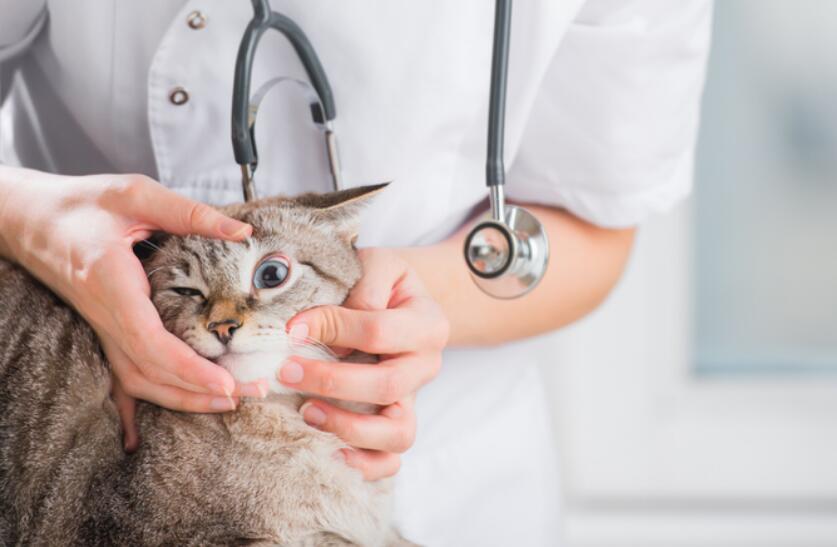
Let the professionals do their job
Because the symptoms of an eye infection are so nonspecific, veterinarians use a variety of tools to identify the source of the problem. First, I would look at which parts of the eye are red. This could just be the eyelid and not the eye. If it is the eye itself, I will put a stain on the eye and look for scratches or ulcers. For more difficult cases to diagnose, I can use a detector lens – a hand-held detector lens that allows me to look at the retina and the interior of the eye for symptoms such as inflammatory fluid.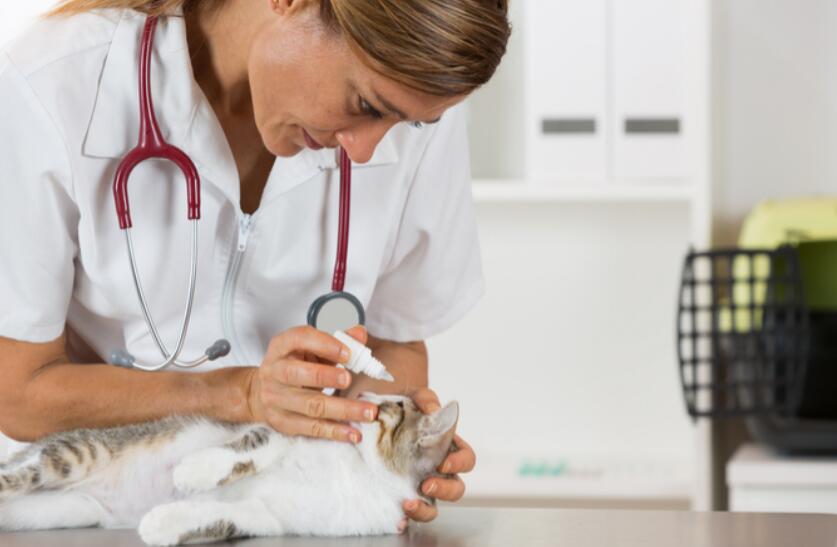
Understanding your treatment options
Eye infections can be treated with topical medications and ointments, as well as oral antibiotics and eye surgery.
If your cat has been diagnosed with an eye condition that requires oral medication or topical drops or ointments, your veterinarian will teach you how to treat it as safely and painlessly as possible. However, whether this is easy or not depends greatly on your cat.
If the infection is caused by a scratch or ulcer, veterinarians usually treat it with topical drops and oral painkillers. “However, if the eye doesn’t improve, we may have to do some surgery to help promote healing.
Know when to quit and minimize stress
If the kitten is not particularly willing to receive medication, it may not be worthwhile to continue this treatment. Even if this cat is being treated, stress can exacerbate its vision problems. Medicating a patient can be very stressful and can make the condition worse, especially with viral infections like herpes. You really need to figure out what your relationship with your cat is. Is the battle worth the end result? Especially if it’s chronic, you could be doing this for months or years. If you find yourself with this condition, talk to your vet about different treatment options.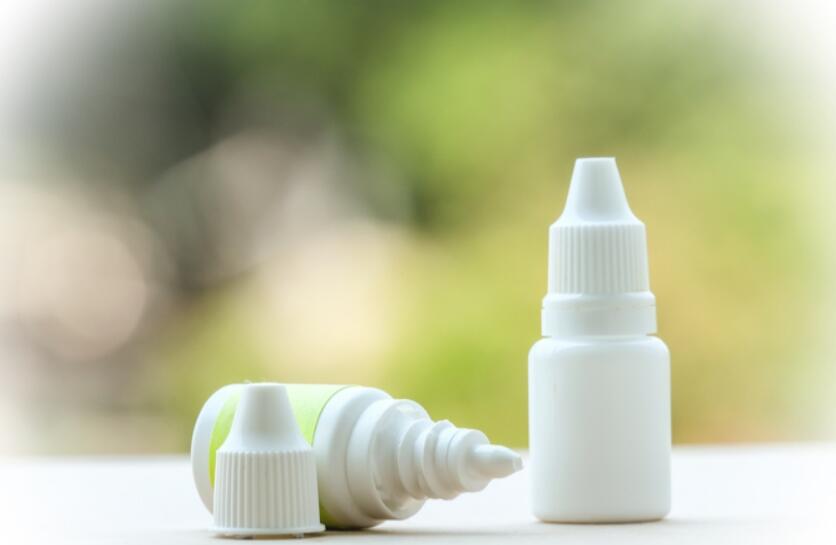
What not to do
When treating cat eye infections, it is not a good idea to use medications intended for people or other pets. Don’t use any over-the-counter eye drops, unless they are artificial tears, for your cat. “Any medication can have negative effects.”
Eye drops for dogs should also be avoided. Some pet owners think that a dog’s eyes are similar to a cat’s eyes, but this is not the case. Many times, dog eye medications are harmful to cats. This is because many dog eye medications contain antibiotics and steroids, and steroids should only be used very carefully in a cat’s eyes.

